|
What are Water Soluble Oil Paints?First of all, it is important to understand what water soluble oil paints are. They are not water-based, but water-soluble paint and that distinction is key. These paints are real oils, they simply have the ability to be mixed and cleaned with water.
Water soluble means that you can use water to thin the oil paint (though traditional oil mediums like linseed or stand oils can also be used). While we learned in elementary school that water and oil do not mix, the water mixable (also called water miscible or solvent-free oils) paints have been formulated to accept water and get around that chemical barrier. http://painting.about.com/cs/oils/a/oilswatersol.htm 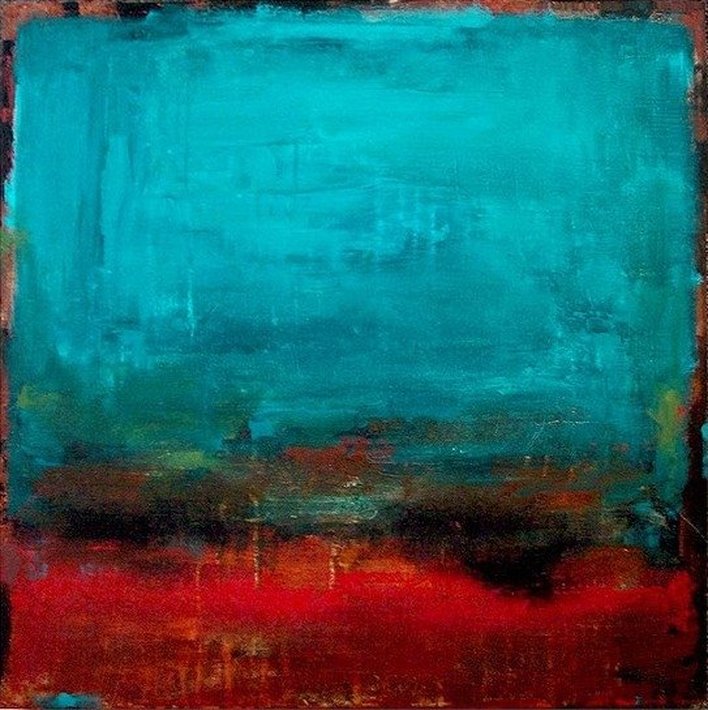 Check out these artists: http://www.abstract-art-framed.com/famous-abstract-art.html Art Challenge: Create an abstract painting with acrylic paint Process: Examine the work of abstract painters (check out this great link http://www.theartstory.org/movement-color-field-painting.htm Analyze and study the work Paint a recycled cereal box with white gesso Paint the "canvas" with colors and palette of your choice Evaluation: Craftsmanship Concept Work Habits Critique I think that if you can turn off the mind and look only with the eyes, ultimately everything becomes abstract.—Ellsworth Kelly Art Terms Color Field Painting is part of the Abstract Expressionist family of artists (a.k.a., the New York School). They are the quieter siblings, the introverts. The Action Painters (for example, Jackson Pollock and Willem de Kooning) are the loud siblings, the extroverts. Color Field Painting was called "Post-Painterly Abstraction" by Clement Greenberg. Color Field Painting and Action Painting have the following in common:
Often Color Field Paintings are huge canvases. If you stand close to the canvas, the colors seem to extend beyond your peripheral vision, like a lake or an ocean. These mega-size rectangles require letting your mind and eye leap right into the expanse of red, blue or green. Then you can almost feel the sensation of the colors themselves. Color Field owes a great deal to Kandinsky in terms of philosophy, but does not necessarily express the same color associations. The best known Color Field Painters are Mark Rothko, Clyfford Still, Jules Olitski, Kenneth Noland, Paul Jenkins, Sam Gilliam and Norman Lewis, among many others. These artists still use traditional paintbrushes and also the occasional air brush. Helen Frankenthaler and Morris Louis invented Stain Painting (allowing the liquid paint to seep into the fibers of an unprimed canvas. Their work is a specific kind of Color Field Painting. Hard-Edge Painting may be considered a "kissing cousin" to Color Field Painting, but it is notgestural painting. Therefore, Hard-Edge Painting does not qualify as "expressionist," and is not part of the Abstract Expressionist family. Some artists, such as Kenneth Noland, practiced both tendencies: Color Field and Hard-Edge. How Long Has Color Field Painting Been a Movement?Color Field Painting began around 1950, following the initial shock of the Action Painters. Helen Frankenthaler, as I write this, is still with us, so that means Color Field Painting is alive--and hopefully well, too. What Are the Key Characteristic of Color Field Painting?
Painting by Clyfford Still Painting by Helen Frankenthaler
GLOSSARY OF COLOR Hue Classification of a color as red, blue, green, or yellow in reference to the spectrum. Chroma 1. The purity of a color, or its freedom from white or gray. 2. Intensity of distinctive hue; saturation of a color. Temperature Higher color temperatures are cool (blueish white) colors; lower color temperatures are warm (yellowish white through red) colors. Value The darkness or lightness of a color. Tone Tonal value Primary Colors The base colors from which other colors can be mixed: red, yellow, blue. Secondary Colors A color, as orange, green, or violet, produced by mixing two primary colors. Intermediate Colors Intermediate colors are the "third" category of color. They are made by mixing to primary and secondary color together. Tertiary Color A color, as brown, produced by mixing two secondary colors. Complementary One of a pair of primary or secondary colors across from each other on the color wheel, as opposed to red, orange opposed to blue, or violet opposed to yellow. Monochromatic Having a variety of tones of only one color Neutral Colors that are neither warm nor cool. Grays and browns are neutral colors. Analogous Colors that are adjacent to each other on the color wheel. Triadic Colors in an equilateral triangle on the color wheel; such as red, yellow, and blue; or orange, green, and violet Tint A color diluted with white ; a color of less than maximum purity, chromo, or saturation. A delicate or pale color. Shade The degree of darkness of a color, determined by the quantity of black or by the lack of illumination. Opacity Opaque not transparent or translucent; impenetrable to light; not allowing light to pass through. Transparent easily seen through Some definitions are taken from dictionary.com and wikipedia.com. Objective: Create a full color landscape painting using acrylic paints
|
Drawing and Painting
|
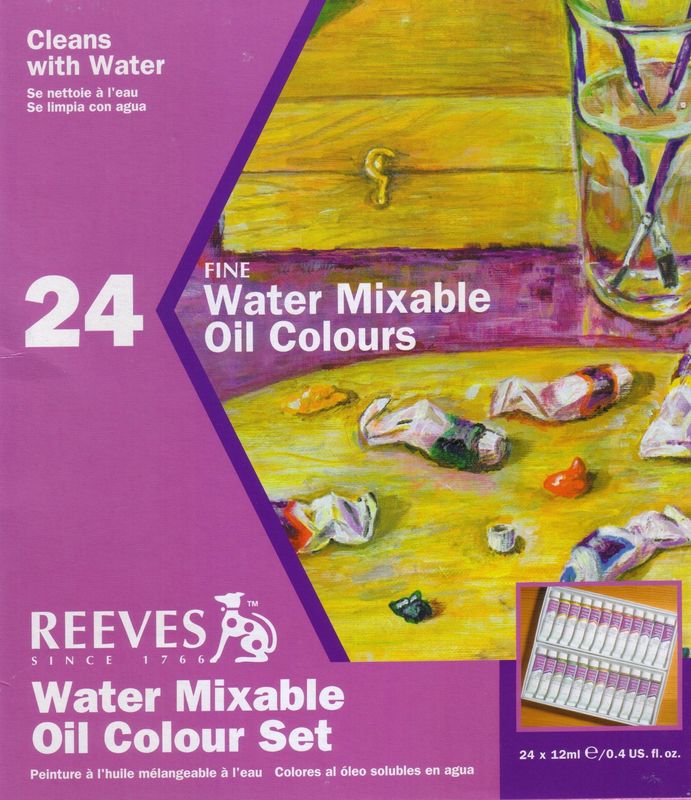
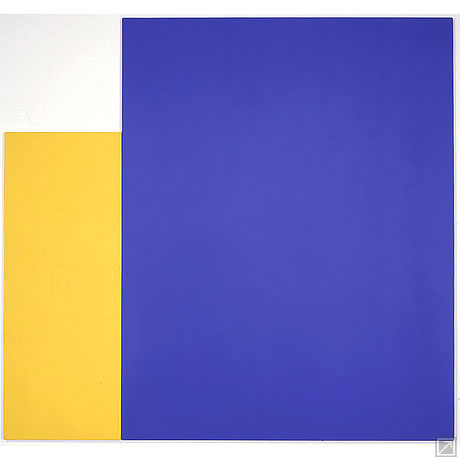
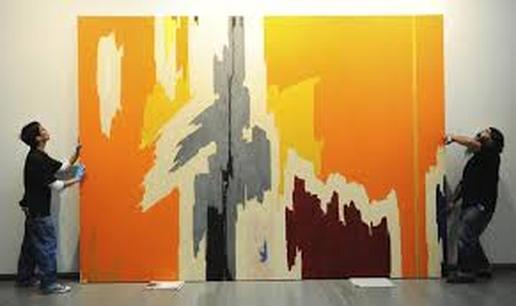
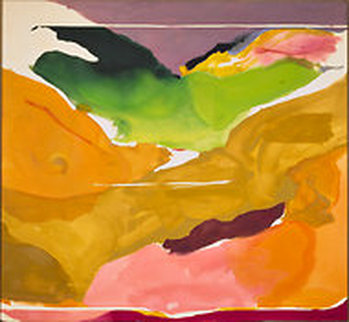
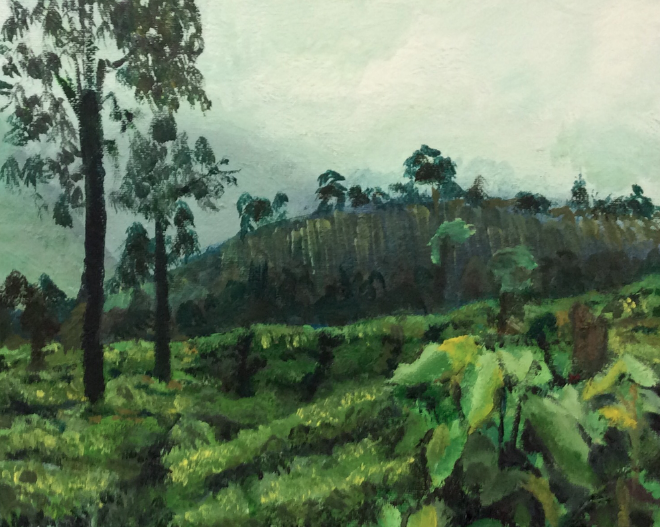
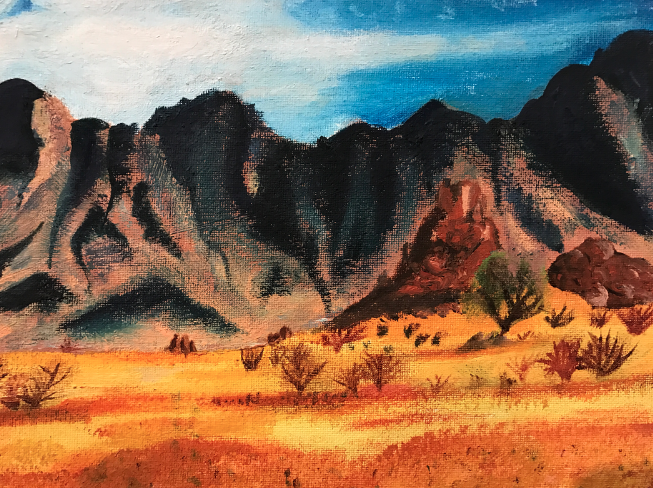
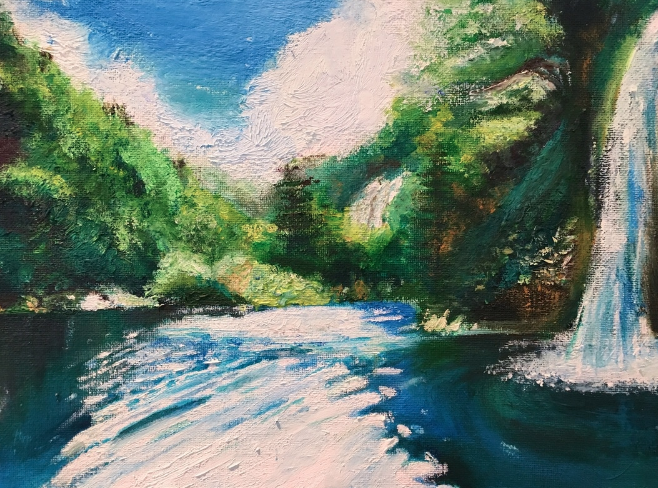
 RSS Feed
RSS Feed
